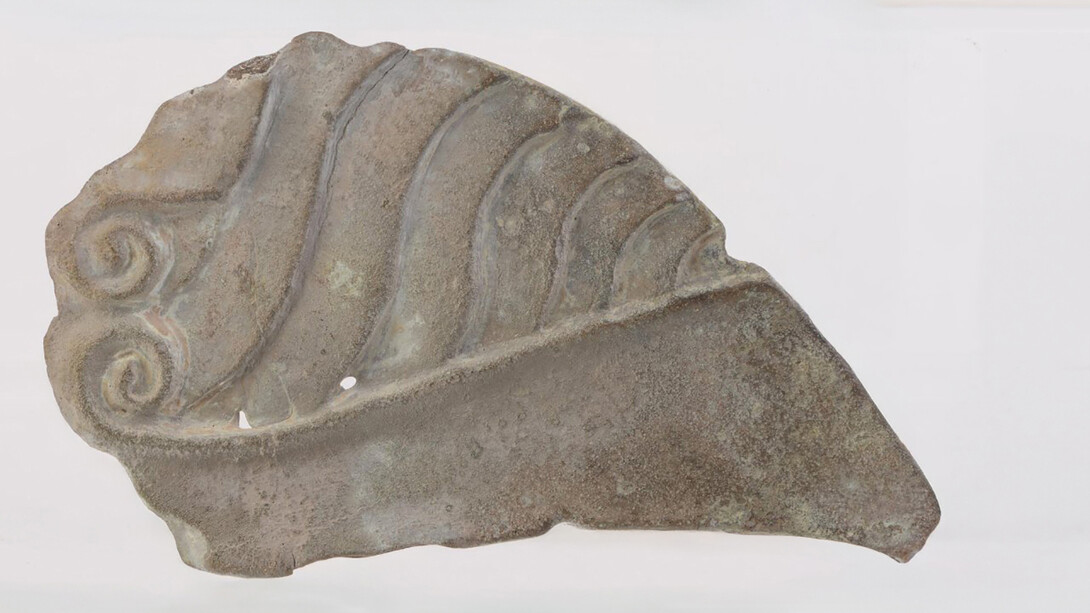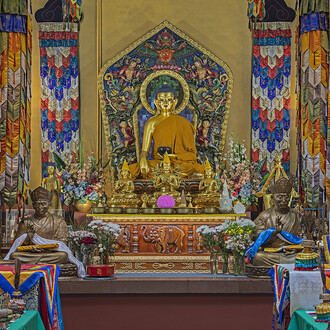Today, a century and a half later, Hermitage archaeologists are again turning their attention to this legacy: since 2021 the State Hermitage’s Eastern Bosporan archaeological expedition has been conducting explorations at two sites located in what was the ancient region of Sindica – the Vestnik-1 settlement with its necropolis, and, from 2024, the Semibratneye site itself.
The finds that the Hermitage expedition brings back from these excavations are expanding the collection of the Department of Classical Antiquity. The research is being carried out as part of a joint programme that unites the State Hermitage, State Historical Museum and RAS Institute for the History of Material Culture.
The exhibition presents legendary finds from the excavations of the Semibratnye burial mounds in the 1870s now in the collection of the State Hermitage – gold articles, bronze and silver vessels and a bronze horse bridle in the Scythian Animal Style, as well as the latest discoveries made by Hermitage archaeologists in recent years (2021–25) – ancient ceramics, weapons, horse tack, coins and other artefacts unearthed in the course of the present-day excavations. The display also acquaints visitors with archive materials from the Institute for the History of Material Culture.
Sindica remained for a long time one of the most intriguing mysteries of ancient Bosporan territory. The present-day investigations by archaeologists are revealing new chapters in its history and a picture of life in this unique Greco-barbarian entity.
The exhibition has been prepared by the State Hermitage’s Department of Classical Antiquity under the direction of its head, Anna Alexeyevna Trofimova.
The exhibition curator is Dmitry Yefimovich Chistov, senior researcher in the Department of Classical Antiquity, head of the State Hermitage’s Eastern Bosporan archaeological expedition.
The exhibition is being held with the participation of the Russian Academy of Sciences Institute for the History of Material Culture in Saint Petersburg.
















